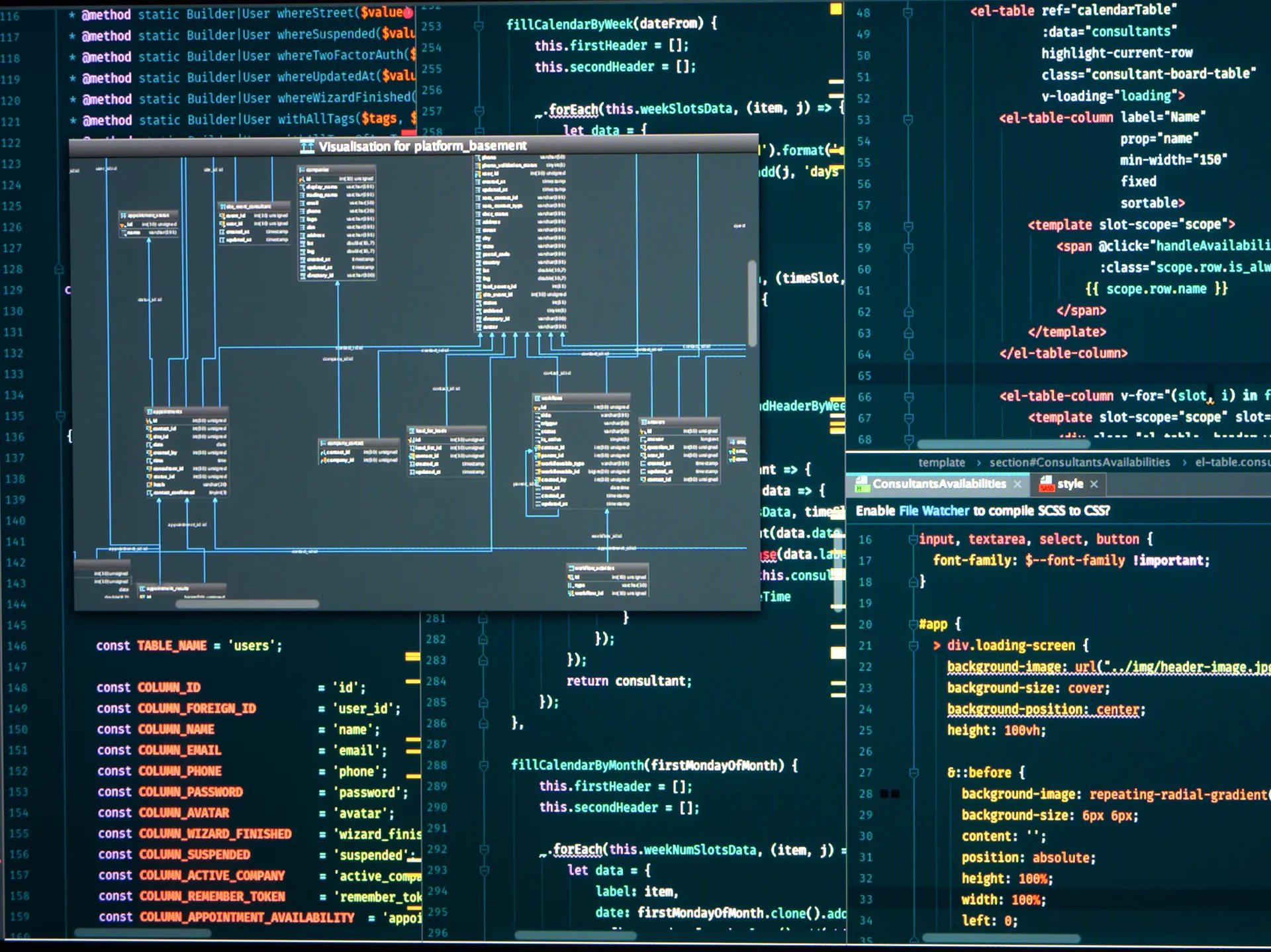11 Types of Software Used in Governmental Organizations

The role of software in today’s world of Government having piles of data cannot be understated. From managing resources to improving citizen services, software solutions help governments function more efficiently, make data-driven decisions , and meet the expectations of the digital age. Below is a detailed overview of the essential types of software used in governmental organizations and how they are implemented to meet diverse needs.
1. E-Governance Platforms
E-Governance platforms are software systems that allow governments to deliver digital services to citizens. These platforms serve as bridges between the government and the public, enabling services like tax filing, voter registration, or grievance redressal.
How It’s Used:
- Providing online portals for services such as birth and death certificates, tax payment, and license applications.
- Enabling citizens to communicate directly with authorities or provide feedback on public policies.
Benefits:
- Reduces paperwork and streamlines service delivery.
- Enhances citizen participation in governance.
- Promotes transparency and reduces corruption.
2. Document Management Systems (DMS)
A Document Management System is software that organizes, stores, and tracks government documents digitally. These systems are critical for maintaining records in a structured and accessible way. A DMS is the most important part of a government and is protected the most as it may store valuable information about a country’s citizens.
How It’s Used:
- Storing information of citizens.
- Digitizing historical documents for easier access and preservation.
- Automating workflows like document approval, storage, and retrieval across departments.
Benefits:
- Reduces the need for physical storage, saving space and costs.
- Makes retrieving important documents quick and efficient.
- Enhances security with controlled access and encrypted storage.
3. Enterprise Resource Planning (ERP) Software
ERP software integrates various functions like finance, procurement, and human resources into one cohesive system. Governments use ERP systems to manage resources and streamline back-office operations.
How It’s Used:
- Budget tracking and allocation across departments.
- Payroll management for employees in public offices.
- Monitoring public expenditure and generating financial reports.
Benefits:
- Enhances decision-making with real-time data and analytics.
- Increases efficiency by integrating multiple functions under a single platform.
4. Geographic Information Systems (GIS)
How It’s Used:
- Mapping infrastructure such as roads, pipelines, and power grids.
- Managing emergency response operations in natural disasters.
- Supporting agriculture with soil analysis and crop planning.
Benefits:
- Improves planning accuracy by providing spatial insights.
- Helps with resource optimization and development strategies.
- Enhances disaster preparedness and mitigation.
5. Cybersecurity Software
With increasing cyber threats, cybersecurity software protects governmental data and systems from breaches, malware, and unauthorized access.
How It’s Used:
- Securing sensitive citizen data like financial records and biometric information.
- Monitoring and preventing potential cyberattacks on public infrastructure.
- Implementing secure communication channels between departments.
Benefits:
- Protects against data theft and system disruptions.
- Ensures compliance with global and local data security standards.
- Builds public trust by safeguarding sensitive information.
6. Healthcare Management Systems
These systems manage healthcare services, including patient records, hospital logistics, and public health monitoring. They are critical for delivering quality healthcare to citizens.
How It’s Used:
- Maintaining electronic health records (EHR) for patients.
- Coordinating vaccination campaigns and disease monitoring.
- Managing hospital inventory and personnel.
Benefits:
- Enables data-driven decisions in public health management.
- Ensures better patient care with centralized health records.
- Streamlines healthcare logistics during emergencies.
7. Procurement and Vendor Management Software
Procurement software automates and manages government purchases and contracts, ensuring transparency and efficiency in public spending.
How It’s Used:
- Hosting tenders and managing bids electronically.
- Tracking government spending and contract performance.
- Monitoring supplier performance and compliance.
Benefits:
- Reduces fraud and ensures accountability in procurement processes.
- Simplifies and speeds up the tendering process.
- Optimizes government expenditure.
8. Human Resource Management Software (HRMS)
HRMS handles employee data, payroll, attendance, and other human resource functions for government employees.
How It’s Used:
- Tracking attendance and work hours of public employees.
- Managing employee benefits, salaries, and pensions.
- Conducting performance appraisals and maintaining employee records.
Benefits:
- Reduces administrative burden with automation.
- Improves employee satisfaction with timely payroll management.
- Ensures better workforce planning and management.
9. Multi-Language and Multi-Currency Support Systems
These systems ensure inclusivity and international compatibility, enabling citizens from diverse linguistic and cultural backgrounds to access government services.
How It’s Used:
- Translating government websites and portals into multiple languages.
- Enabling seamless payment systems for international collaborations.
Benefits:
- Improves accessibility for diverse citizen groups.
- Enhances international cooperation and trade facilitation.
10. Budget and Financial Management Software
This software helps governments manage public finances, from creating budgets to tracking expenditures.
How It’s Used:
- Preparing departmental budgets.
- Monitoring expenditure on infrastructure projects.
- Generating audit reports for transparency.
Benefits:
- Ensures efficient allocation of resources.
- Helps prevent overspending and financial fraud.
- Provides real-time insights into fiscal health.
11. Transportation Management Software (TMS)
TMS optimizes transportation systems, including public transit, logistics, and infrastructure management.
How It’s Used:
- Monitoring and managing public transport schedules.
- Optimizing logistics for public goods delivery.
- Ensuring proper maintenance of transportation infrastructure.
Benefits:
- Enhances efficiency in public transport operations.
- Improves urban mobility and citizen satisfaction.
- Reduces costs associated with transportation logistics.
Software knows no bounds, as the diverse range of applications used in government organizations highlights the transformative impact of technology on public service delivery. From resource and financial management to enhancing citizen engagement and disaster preparedness, these systems drive greater efficiency and transparency in governance.
If you are looking to create a custom software, schedule a free consultation today.